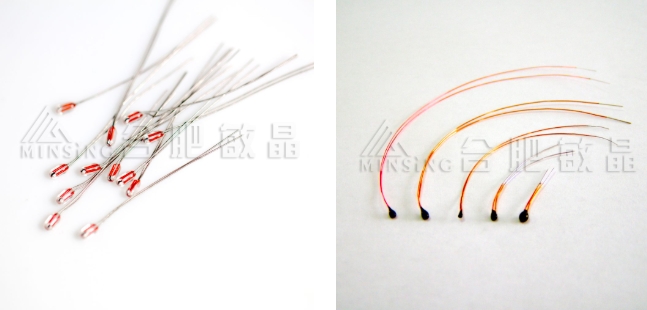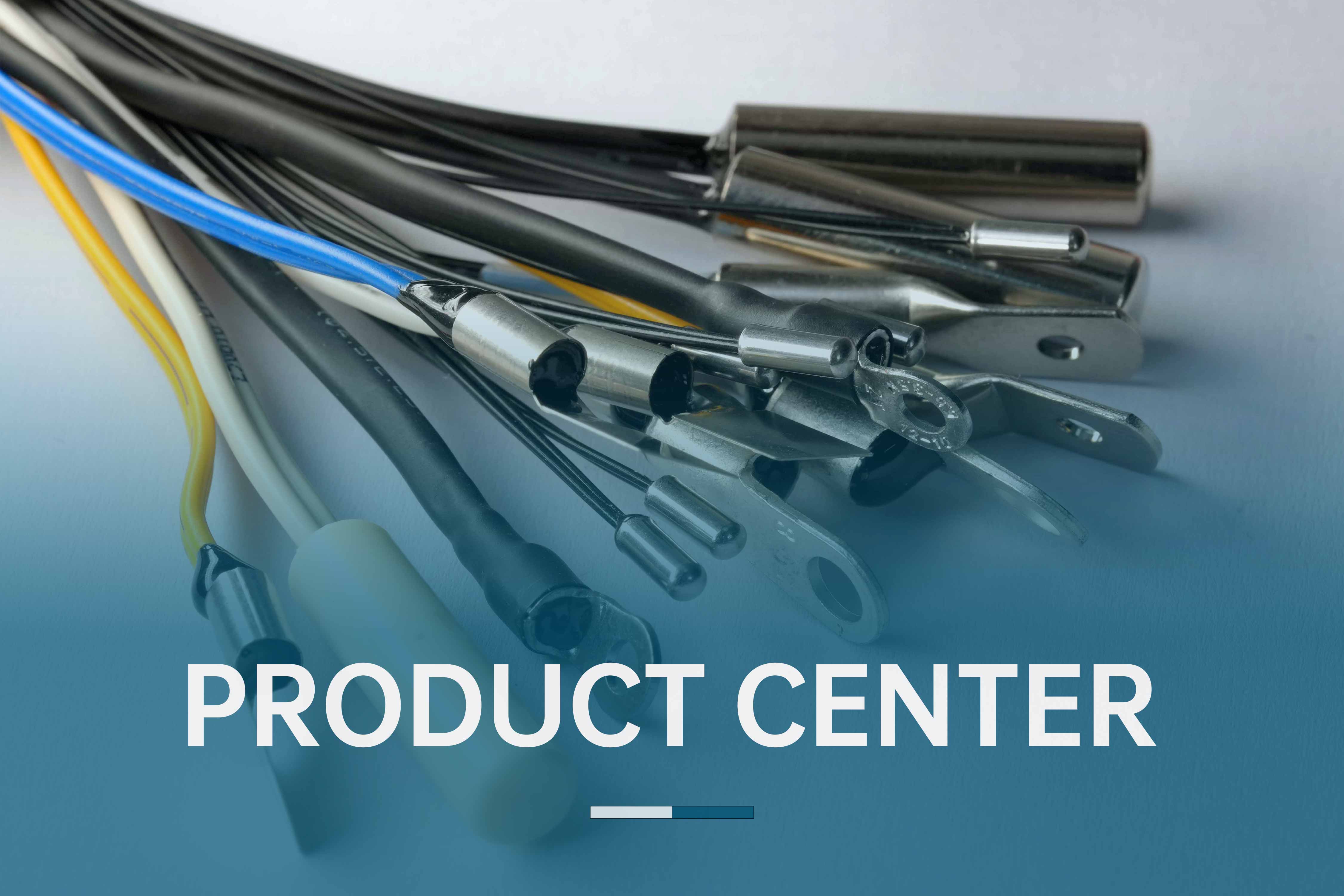Let’s be honest—when you're sourcing components, it's tempting to let price lead the conversation. But with NTC temperature sensors, going cheap without checking the specs can create headaches down the line.
Engineers who've worked through thermal control failures know this: a good sensor isn’t just accurate—it’s reliable, responsive, and built for the environment it's in. So if you’re in the middle of a design cycle or spec review, here’s what to really pay attention to when selecting an NTC thermistor.

1. Temperature Range: One Size Doesn’t Fit All
Not every sensor needs to handle extreme heat or deep freeze—but you’d better know your application’s limits before locking in a part.
In automotive systems, sensors often need to function from -40°C to 150°C, especially when mounted near engines or inside battery modules.
On the other hand, medical devices—like thermometers or diagnostic probes—might only need a narrow 35°C to 45°C range, but they demand incredible repeatability and stability.
Minsing, for example, offers NTC sensors across multiple range profiles, helping engineers choose something precisely tuned to their use case—not just “close enough.”
2. Accuracy & Response Time: When Every Second Counts
It’s not just about knowing the temperature—it’s about how fast and how precisely your system can respond to it.
In one test we ran on a consumer-grade heating system, swapping in a sensor with better response time cut thermal overshoot by 25%. That meant faster warm-up and tighter safety margins—just from a better thermistor.
Here’s what to look for:
Tight tolerance (±0.5°C or better for sensitive systems)
Fast thermal response, ideally under 10 seconds in airflow or contact environments
Low thermal inertia for quick reaction to ambient changes
Brands like Minsing use high-precision ceramic cores to hit these performance marks consistently.
3. Packaging & Structure: Fit the Form, Not Just the Spec
NTC thermistors come in all shapes—literally. And choosing the wrong packaging can complicate installation or limit performance.
Some common formats:
Glass-sealed for high-stability environments
Epoxy-coated for general-purpose use
Stainless steel probes for immersion or rugged handling
Threaded metal housings for easy integration in industrial systems
What you need depends heavily on the surrounding environment—is it wet, vibrating, pressurized, or exposed to chemicals? Minsing offers a wide range of standard options and supports custom builds, which can be a major time-saver when you’re iterating a prototype.
4. Electrical Reliability: Especially in Harsh Conditions
It’s one thing for a sensor to work on a bench. It’s another for it to survive humidity, vibration, and electrical noise in the field.
If your application lives in a high-moisture or corrosive space—like under the hood of a car, or inside a food processor—you’ll want:
Strong insulation resistance
EMI resistance (especially if near motors or switching components)
Proven lifespan under cycling conditions
Minsing has been manufacturing NTC sensors for over 30 years, and their production lines are ISO9001 certified. That means tighter process control, better traceability, and fewer surprises during mass production.
Why It’s Worth Getting Right
An NTC sensor isn’t just another checkbox on the BOM. It’s a core piece of the feedback loop in your system—feeding data into control logic, managing safety cutoffs, and even improving energy efficiency.
The upfront savings from choosing a cheaper sensor? It can evaporate fast if your product starts failing in the field. On the flip side, a reliable, well-matched sensor means:
Fewer returns
Smoother calibration
Lower total cost of ownership over time
When you’re working with a supplier like Minsing, you’re not just buying a part. You’re tapping into decades of sensor engineering, rigorous quality control, and a team that knows how to match a thermistor to your exact specs.
Key Takeaways
Don’t let cost alone drive your decision—look at operating range, accuracy, packaging, and reliability.
Application matters—what works in a rice cooker probably won’t cut it in an EV.
Fast, accurate, and repeatable performance should be non-negotiable.
A vendor like Minsing, with industry certifications and strong customization capabilities, gives you better assurance during both prototyping and production.
At the end of the day, NTC thermistors are small—but critical. Choose wisely, and the rest of your system can run smarter, safer, and longer.

Choosing the Right NTC Temperature Sensor: Why Price Isn’t the Whole Picture
- Related recommendations: NTC Temperature Sensors
- keyword: 【NTC Temperature Sensors】
-
full name*
-
phone
-
email*
-
Company Name (optional)
If you have any other information or questions you would like to know, please feel free to leave us a message (optional)
catalogue














